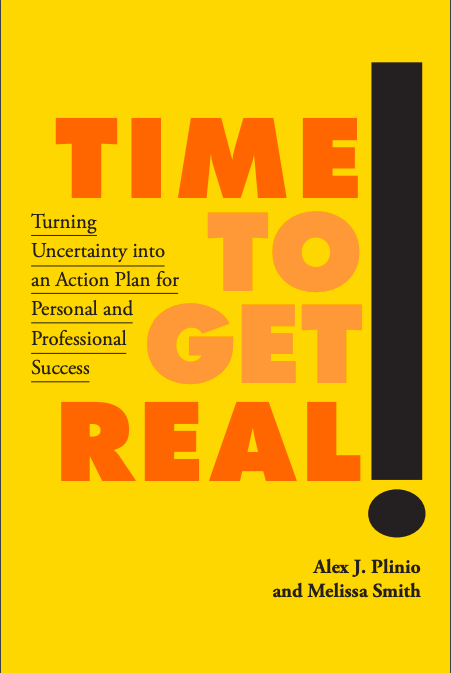This coming new year, instead of making resolutions, we suggest that you develop a personal vision statement. A personal vision statement is a vivid account that describes what your life will be like at some future date and is based on your values and goals. It is focused on both personal and professional goals and is intended to orient you toward your long-term dreams.
A recent article in Forbes describes why a personal vision statement is important. “You would consider it foolish for a person to drive around aimlessly looking for a destination without an address, directions, or a map. For the very same reasons, it’s foolish to maneuver throughout life without a roadmap or plan.
It's often said that ‘If you fail to plan, you are planning to fail.’ Creating a roadmap will help you stay focused and on the right path to achieve your long-term goals.”
Why You Need A Personal Vision Statement
Most individuals have an easier time thinking about what the next month or year might be like for them. It gets a bit more difficult when peering into a future that could be three, five, or ten years from now. For some people, it’s hard to do this since we are asking our minds to picture a state of life that’s quite intangible in the present time. However, just as a company or organization develop their vision, an individual is no less in need of knowing what their future is expected to look like.
The Forbes article states additional benefits to developing a personal vision statement. “Having a written personal vision allows you to plan the most efficient course to your goals. It allows you to have the clarity of when to say “yes” or “no” to things based on your own personal values and vision. It also helps you to spot potential hazards or roadblocks before you’re impacted by them.”
A personal vision statement is a vivid account that describes what your life will be like at some future date and is based on your values and goals. It is focused on both personal and professional goals and is intended to orient you toward your long-term dreams.
This is the focus of the chapter Personal Vision in our book Time To Get Real! Wouldn’t it be great if you could peer through the window of the future and see exactly the way things will be for you three or five years from now? It would be great, but you can’t do it. The best you can do is to narratively depict that future as you want to see it with as much detail as possible so that you can almost feel as if you will one day inhabit that vision. So, a personal vision describes what your tomorrow will look like. The vision itself has great value since it is a magnet pulling you toward your future. In addition, a vision will have multiple uses in the present. It can help you to decide if that job offer can be accepted or whether buying that home fits into your plans.
Not only is a personal vision a tool to be deployed for decision-making, but it is also aspirational, motivational, and becomes a driving force when reviewed on a periodic basis. A vision can be shared with others to demonstrate that you have thought about and made decisions about where you want to take your life. This is especially helpful when seeking mentoring from trusted individuals or preparing for a job interview.
Although it may not be possible to achieve 100% of your personal vision, even the achievement of 70, 80, or 90% of your vision can be extremely satisfying. It may not be possible to get everything you want. However, without a vision, and without trying to attain it, it’s unlikely that you will get what you want.
Now that you know the importance and benefits of developing a personal vision, in the next blog, we will describe how to carefully craft your vision.
We recommend that in addition to reading our book Time To Get Real! and working through the Life and Career Planning Model© that it provides, consider some amount of personal coaching that can help you to discern and activate your life’s mission and move you toward the best life and career that you deserve. Our coaching fees and services are flexible and meet a broad array of client financial and coaching needs. All Life and Career Planning LLC coaches are experienced and certified in the Life and Career Planning Model© and serve as your accountability partner. To inquire about working with a coach, click here.
This book is rated 4.5 stars on Amazon. Click here to buy the book.










